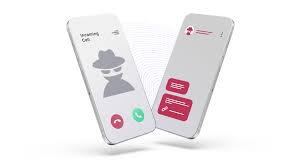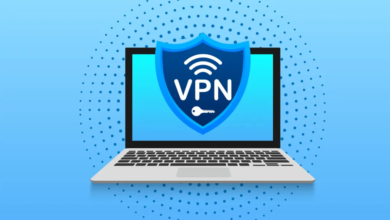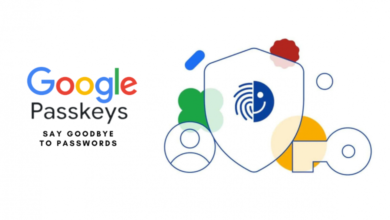
The Rise of Voice Phishing and How to Prevent It
As digital communication has evolved, so have the tactics that scammers use to steal information. One of the most insidious methods emerging today is vishing, short for voice phishing. Vishing scams involve fraudulent phone calls in which attackers impersonate trusted individuals or organizations to obtain sensitive personal information, such as banking details, login credentials, or Social Security numbers.
While phishing emails have become more common knowledge, vishing relies on human trust in a new way, adding a real-time, interactive element that can make it even harder to detect. Let’s dive into what vishing is, how to recognize it, and what you can do to stay safe.
What is Vishing?
Vishing is a type of social engineering attack where the attacker calls the victim and pretends to be someone credible—often a representative of a bank, government agency, or tech company. The goal? To convince the person on the other end of the line to share confidential information that can be used for fraud.
A typical vishing scenario might involve a caller claiming there’s suspicious activity on your bank account or posing as an IT support agent from your company. They might use scare tactics, such as warning of a data breach or claiming there’s an urgent security threat, to pressure you into disclosing sensitive information.
How Does Vishing Work?
Vishing scammers are crafty, and they often use tools and techniques to enhance their credibility:
- Caller ID Spoofing: They may manipulate the caller ID to display a trusted organization’s name or even mimic a familiar local area code to make the call seem legitimate.
- Urgency and Pressure: Vishing attempts often involve a sense of urgency to fluster victims. Phrases like “Your account will be suspended” or “This is your last chance to secure your information” are common ways scammers create panic.
- Emotional Manipulation: Scammers may appeal to your emotions, playing on fear or even empathy, to encourage you to respond without thinking carefully.
Recognizing Vishing Attempts
Although these calls can be sophisticated, there are tell-tale signs that can help you recognize a potential vishing attempt:
- Unexpected Calls Requesting Sensitive Information: Legitimate organizations rarely call customers out of the blue to ask for sensitive information like passwords or PINs.
- Urgent Language: Scammers often create a false sense of urgency, encouraging you to act immediately without question.
- Requests for Personal or Financial Information: Be wary if you’re asked to provide information like credit card numbers, Social Security numbers, or online banking passwords.
- Unusual Requests: Scammers may ask you to “verify” information or even ask you to “confirm” account details by sharing them over the phone.
Also Read
5 Key Steps to Protect Yourself from Vishing
Taking proactive steps can help you avoid falling victim to a vishing attempt. Here’s how to protect yourself:
- Hang Up and Verify: If you receive a suspicious call, don’t hesitate to end it. Then, use a trusted contact number—like one from the official website or a statement—to verify the caller’s identity.
- Never Share Sensitive Information Over the Phone: Reputable companies will not ask for sensitive information such as passwords, credit card numbers, or Social Security numbers over the phone. If asked, it’s a red flag.
- Sign Up for Call-Blocking Services: Many telecom providers offer free call-blocking services that can help you avoid spam or fraudulent calls. Additionally, third-party apps can block robocalls and filter out known scam numbers.
- Report Suspicious Calls: Reporting vishing attempts to authorities or relevant companies can help them track and shut down vishing operations. In the U.S., you can report vishing calls to the Federal Trade Commission (FTC), while the Information Commissioner’s Office (ICO) handles reports in the UK.
- Stay Informed on Current Scams: Cybercriminals evolve their methods constantly, and new scams emerge regularly. Stay up-to-date on current vishing and phishing scams through security blogs, newsletters, and government resources.
What to Do if You’ve Been Vished
If you believe you’ve fallen victim to a vishing attempt, take action immediately:
- Change Your Passwords: If you provided login credentials, change your passwords for any affected accounts.
- Monitor Financial Statements: Keep an eye on your bank and credit card statements for any unusual transactions.
- Notify Your Bank: Contact your bank or credit card provider if you shared any financial information.
- Report the Incident: File a report with the relevant agency, such as the FTC in the U.S. or Action Fraud in the UK.
Vishing scams are growing more common and more sophisticated, but by understanding the signs and knowing how to respond, you can protect yourself and your information. In a world where trust is essential but sometimes exploited, it’s important to stay cautious and vigilant.
Knowledge is the first step to prevention. Share these insights with friends, family, and colleagues to help keep everyone informed and secure. Together, we can build stronger defences against vishing and other social engineering threats.








